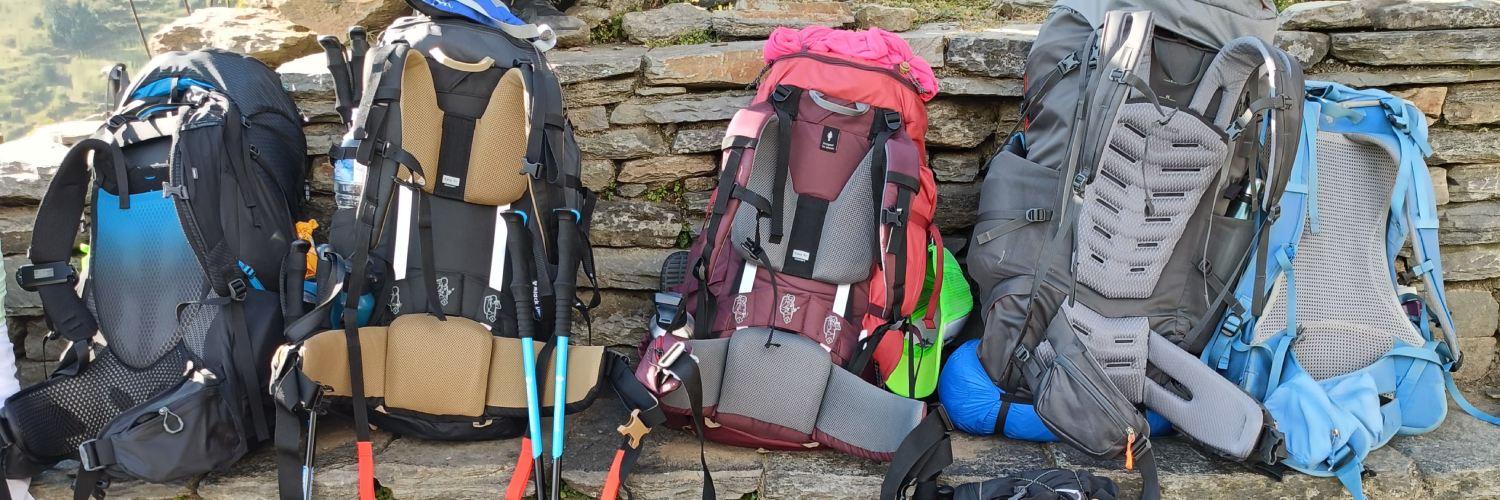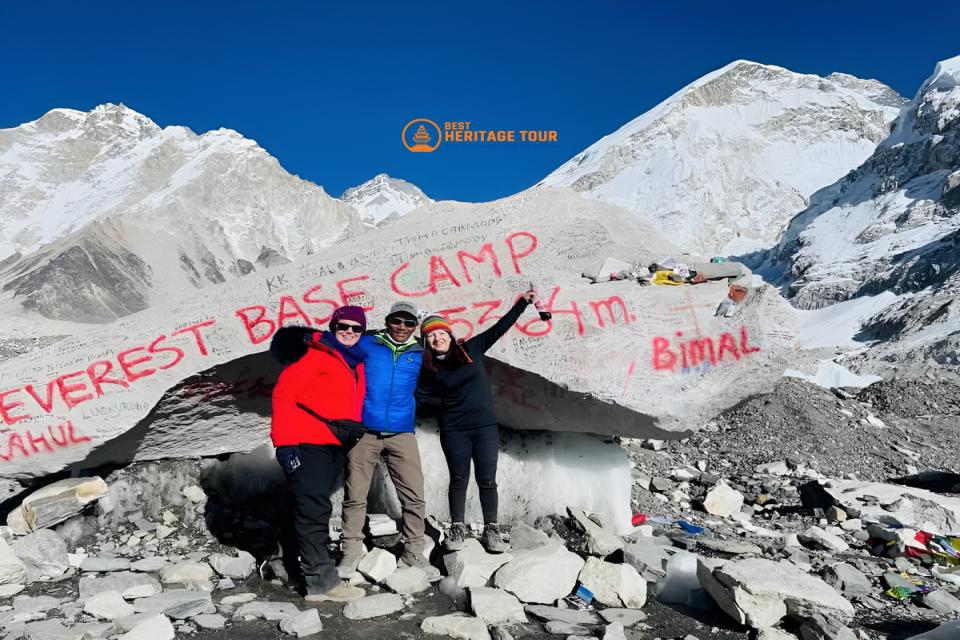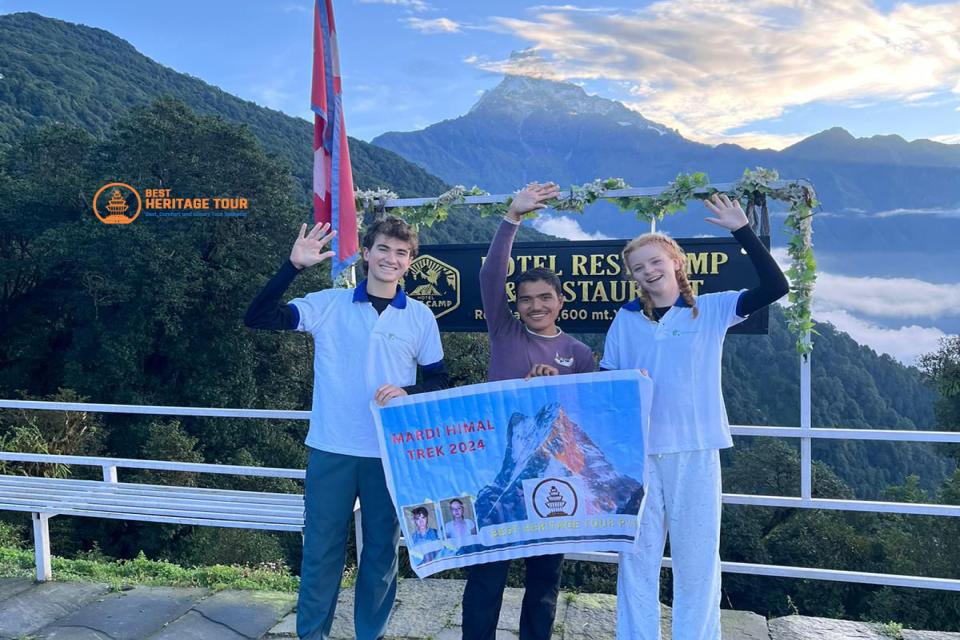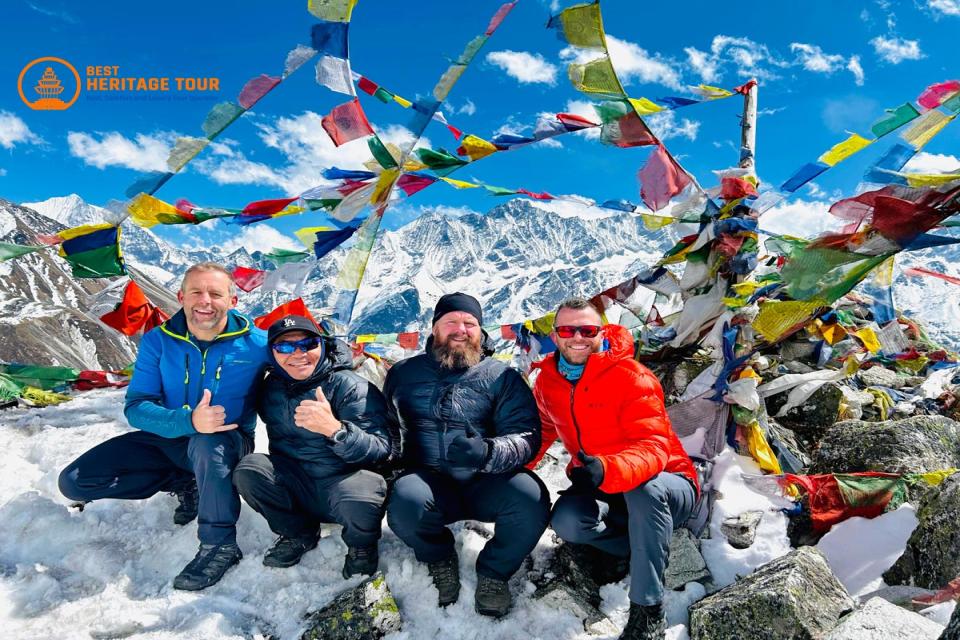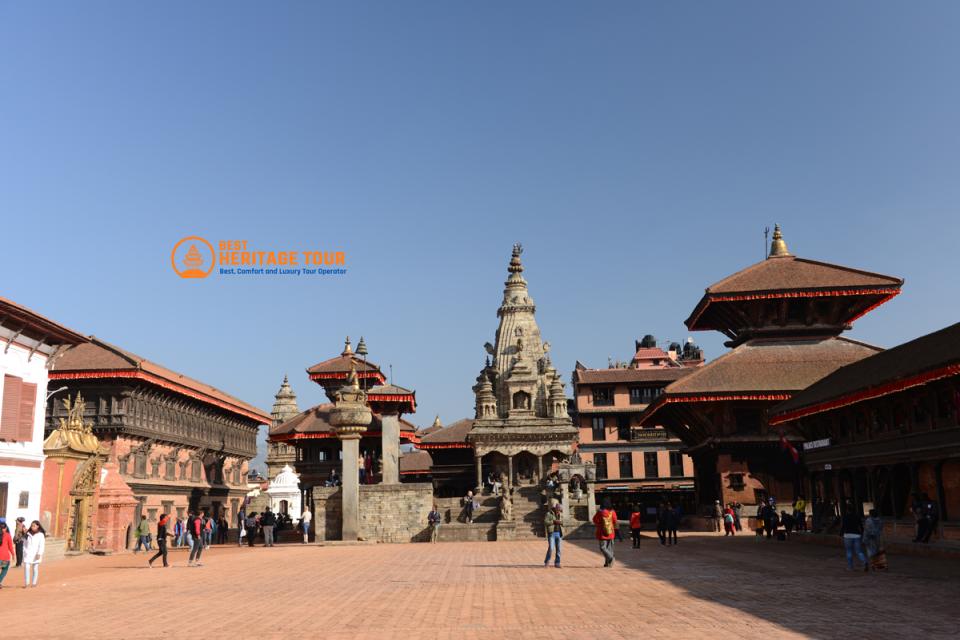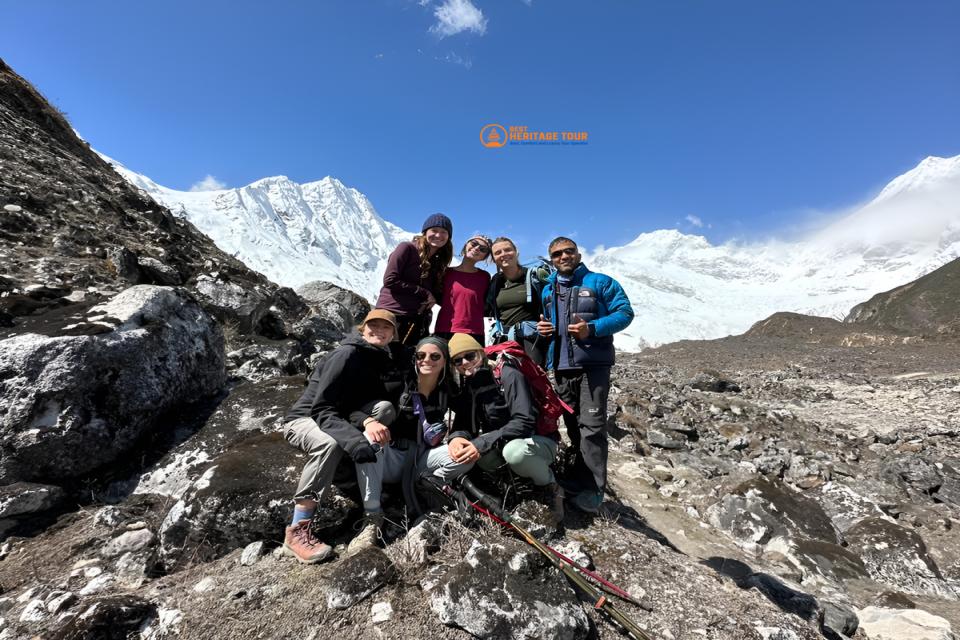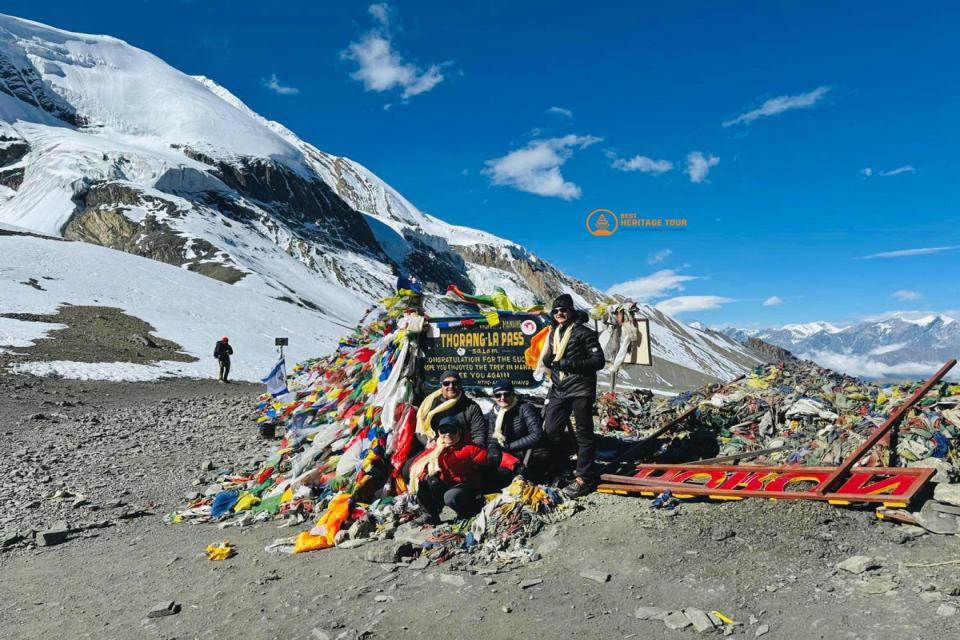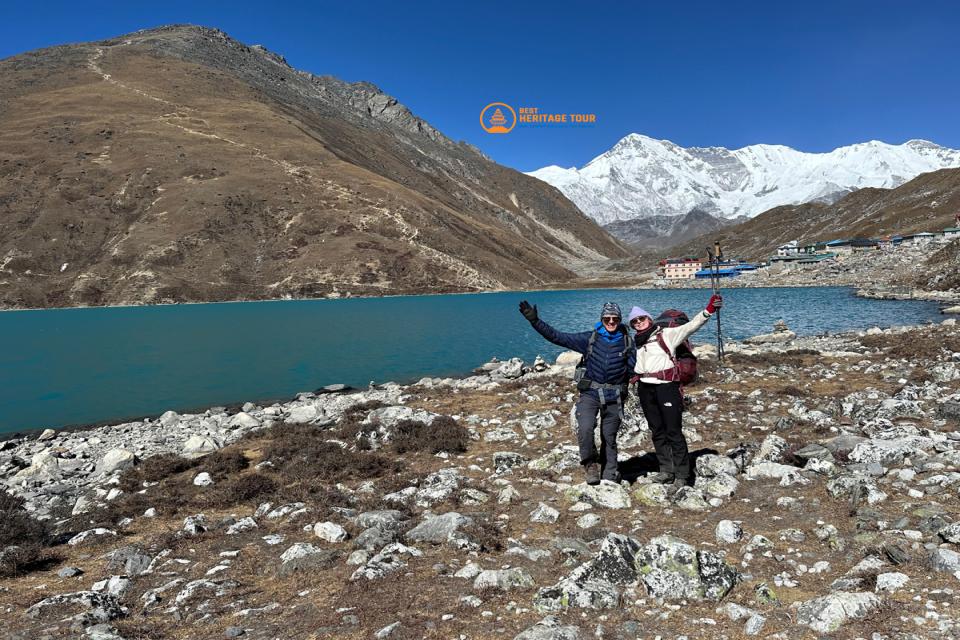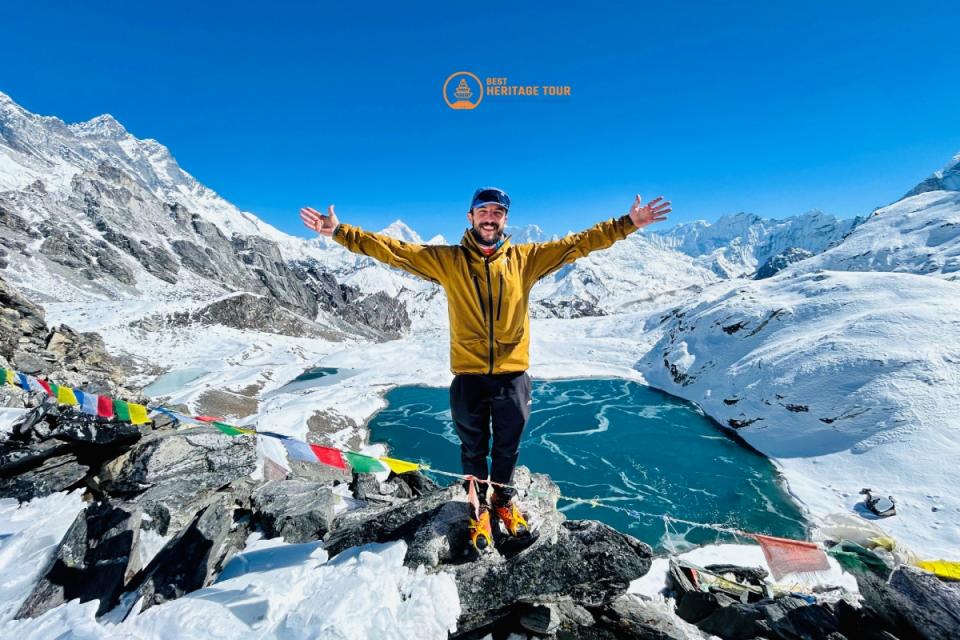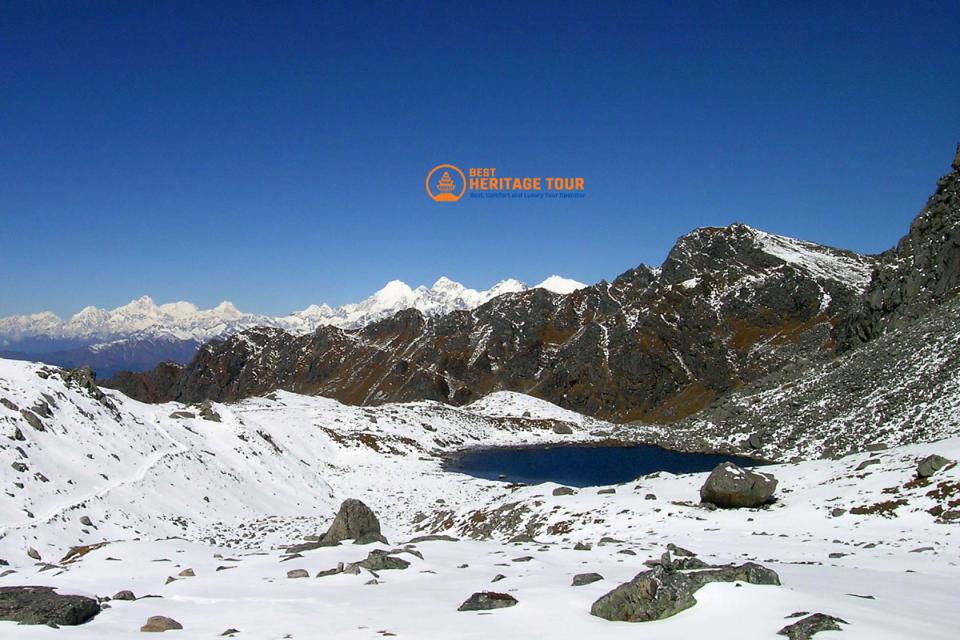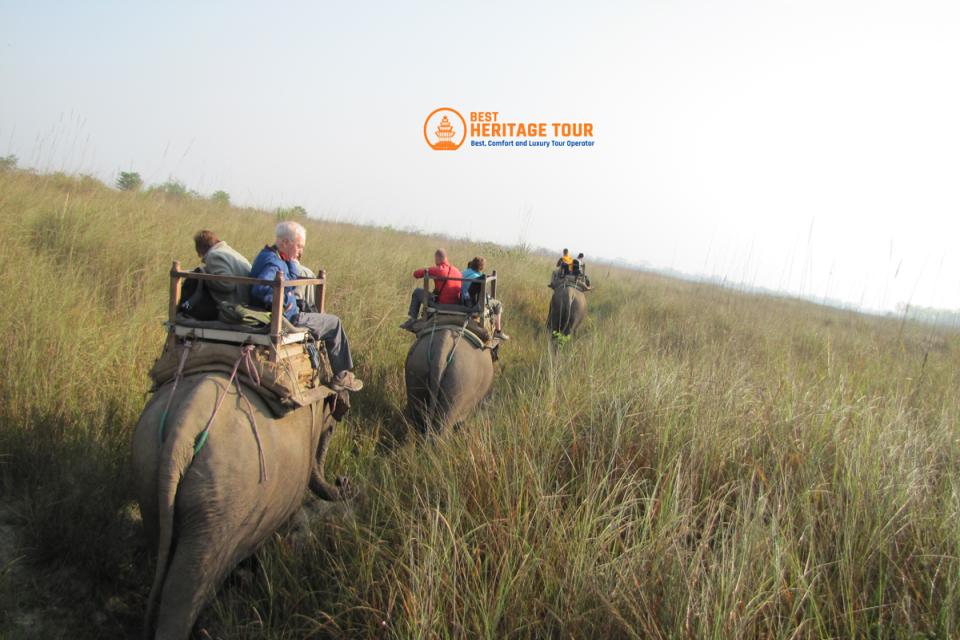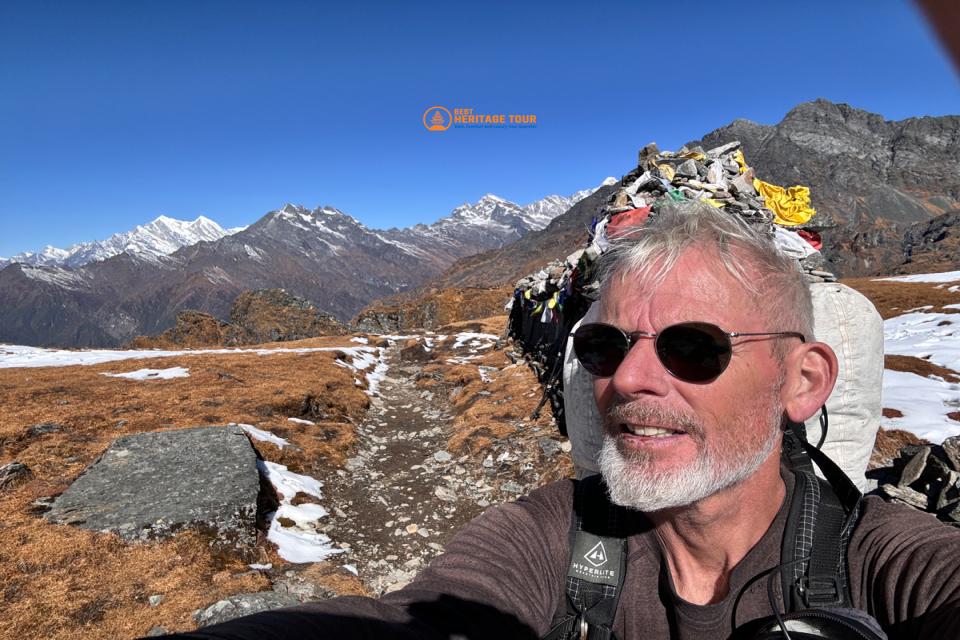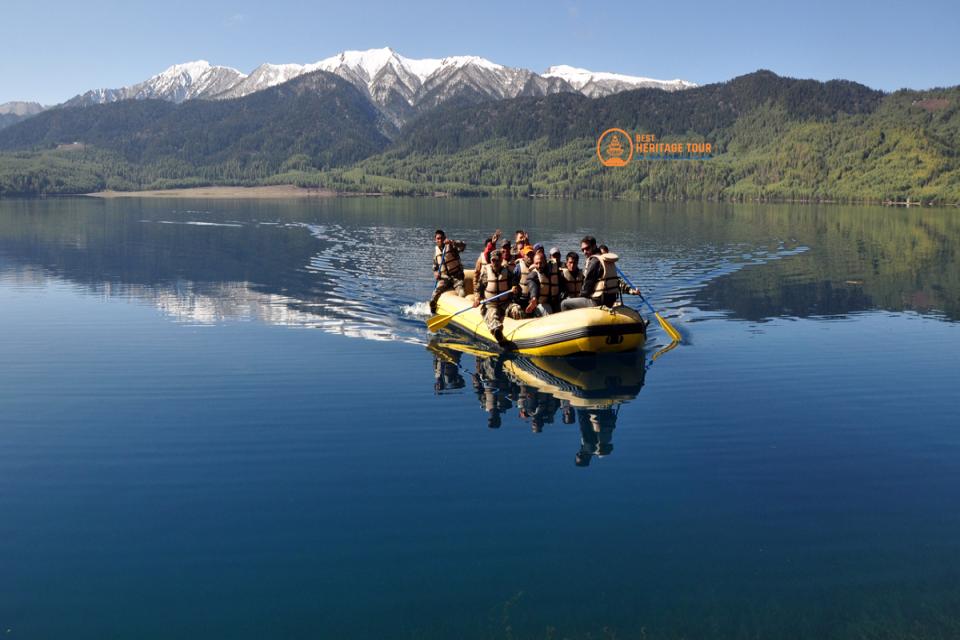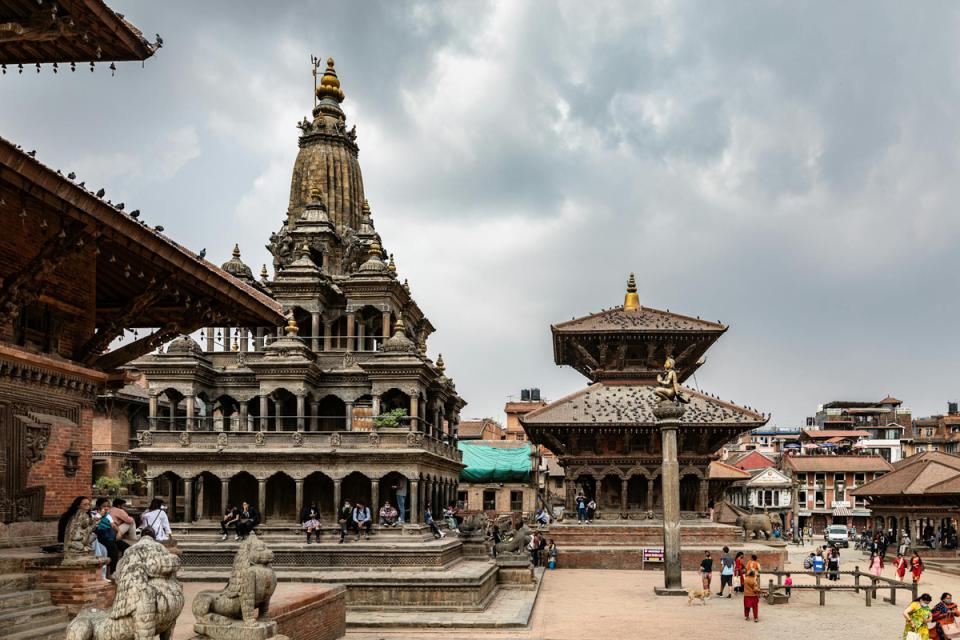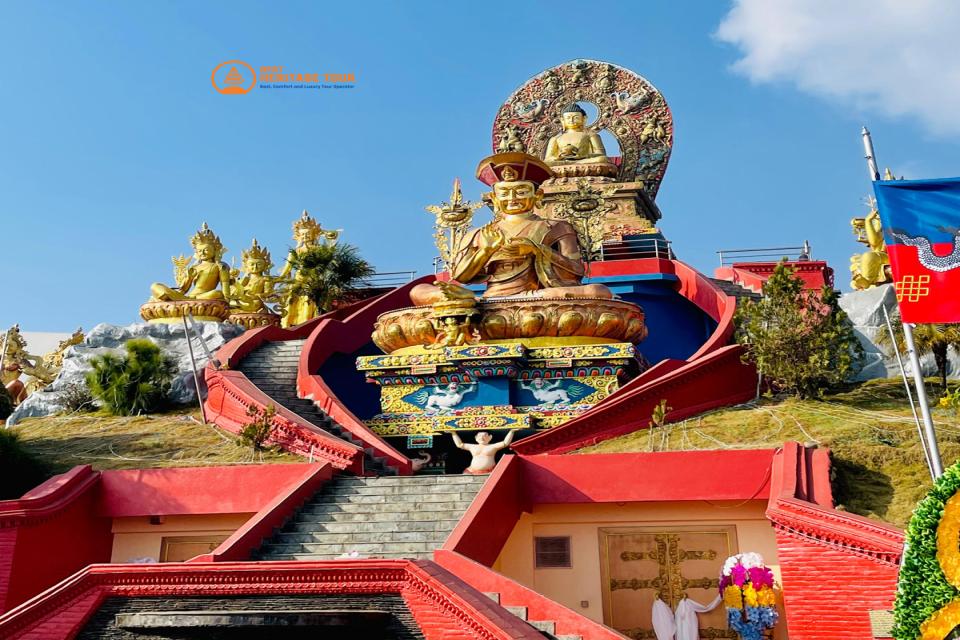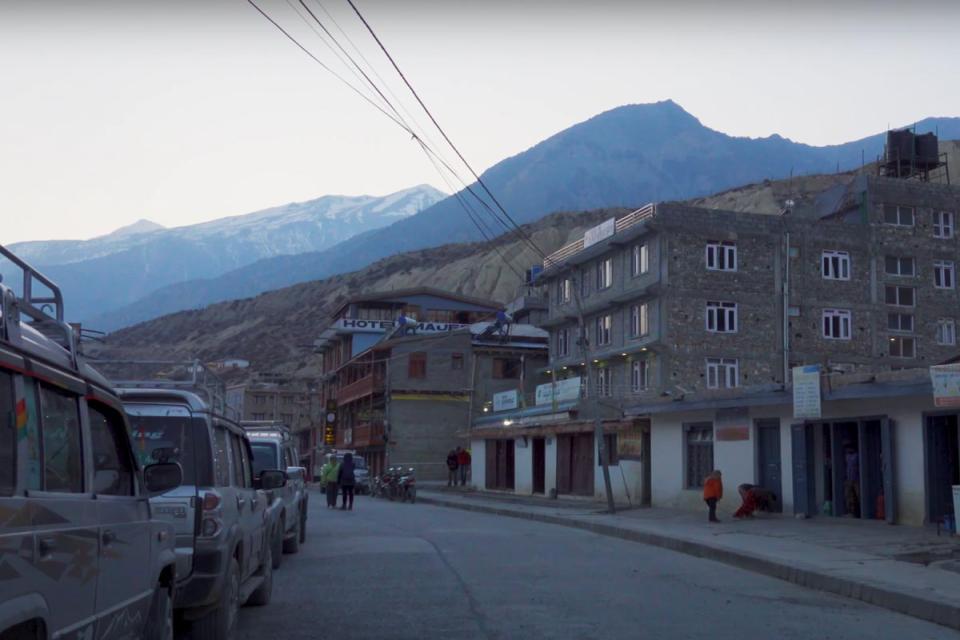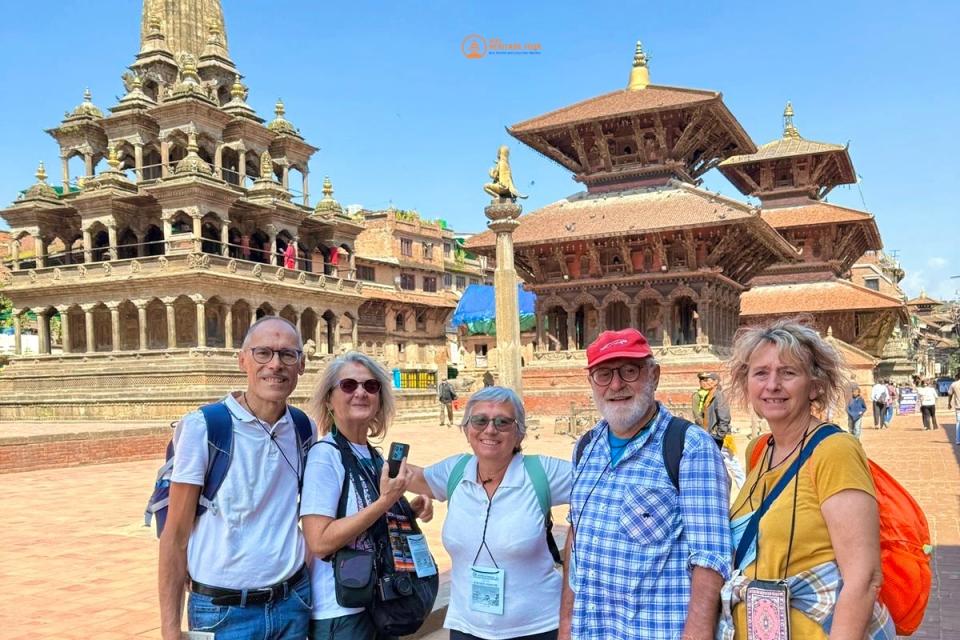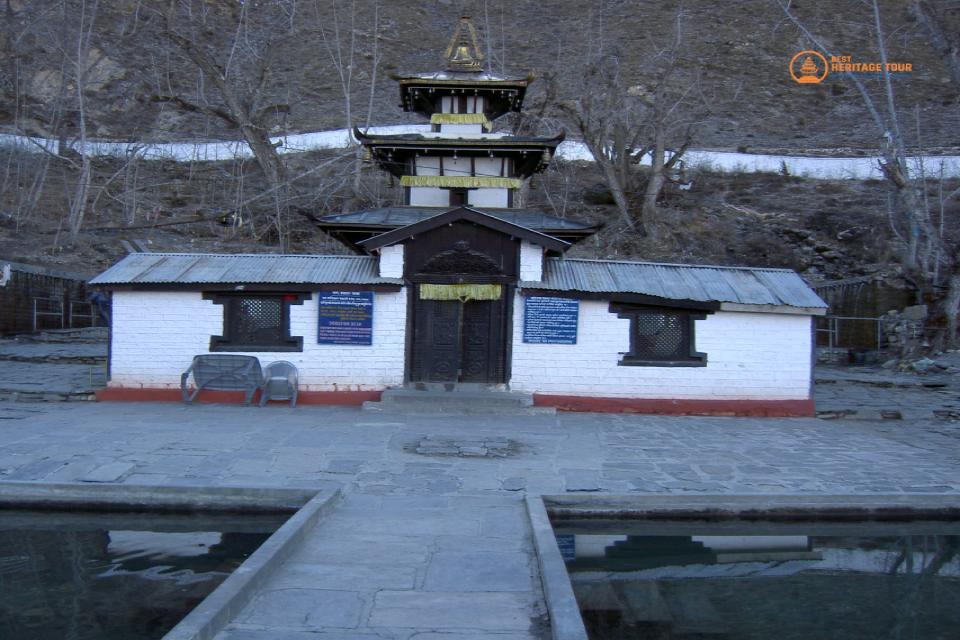A complete guide for Trekkers and Travelers by Best Heritage Tour
Tipping may seem like a small gesture, but in Nepal’s trekking and tourism world, it carries deep meaning. If you’ve ever walked through the stunning Himalayan trails with the help of local guides and porters, you’ll understand how much effort and dedication they put into making your journey unforgettable.
From arranging permits to ensuring your safety at high altitudes, your Nepali crew does far more than just lead the way. They make sure you’re comfortable, motivated, and safe - often while carrying heavy loads through challenging terrain. Naturally, many travelers wonder, “How much should I tip my guide in Nepal?”
Tipping is not mandatory, but it’s a sincere way to show gratitude and respect for their service. It also helps support local livelihoods, especially in rural trekking regions where opportunities are limited. In this detailed blog, we’ll explore everything you need to know about tipping in Nepal - from how much to give, to when and how to do it gracefully.
Why Should You Tip in Nepal?
1. A Way of Saying Thank You
Guides and porters are the backbone of every successful trek. They wake up before you do, ensure your meals are ready, check the route, arrange your accommodation, and look after your safety. When you reach camp exhausted and find your bags already there - that’s your porter’s hard work. When you push through altitude sickness or fatigue - that’s your guide’s motivation that gets you through.
Tipping is your way of saying, “Thank you for looking after me and making this trip special.”
2. Part of the Trekking Culture
While tipping isn’t mandatory in Nepal, it’s widely accepted and appreciated. The tourism industry in Nepal supports thousands of guides, porters, and assistant staff. Many of them come from mountain regions where seasonal trekking work is their main income source. A fair tip not only acknowledges their effort but also supports their families back home.
3. It Motivates and Uplifts
Trekking in Nepal is physically demanding. The altitudes are high, trails are rugged, and weather can be unpredictable. A generous tip shows that you value their hard work and care. It encourages them to continue offering the same level of dedication and hospitality to future trekkers.
Tipping in Treks vs Tipping on Tours
Not all guides in Nepal do the same job. Some lead treks across the Himalayas, while others guide cultural or city tours. Their tipping expectations differ accordingly.
1. Trekking Guides and Porters
Trekking staff spend long days and nights in the mountains with you - sometimes for weeks. Their responsibilities go beyond navigation. A trekking guide manages logistics, ensures safety, handles altitude-related issues, and makes sure the group is fed and comfortable.
Porters, on the other hand, carry your bags - often 20-25 kilograms across suspension bridges, steep climbs, and rocky paths. They’re often the unsung heroes of every successful trek.
Because of their effort and duration of work, tipping for trekking staff is higher than that for city tour guides.
2. Tour Guides (City or Cultural Tours)
If you’re exploring Kathmandu’s ancient temples, the stupas of Boudhanath, or the lakes of Pokhara with a local tour guide, the level of effort and time required is different. These tours are usually short, comfortable, and within urban areas.
While the role of a tour guide is important for cultural understanding, the work doesn’t involve the same physical demands or extended duration as trekking. Hence, the tipping practice for tour guides is more moderate.
How Much Should You Tip? (The Practical Guide)
There’s no strict rule, but there are well-accepted norms that most trekkers and travelers follow. Here’s a clear, practical breakdown.
A. Trekking Guide (Main Guide)
For a multi-day trek, the lead guide plays the most crucial role.
-
Suggested Tip: Around USD 10-15 per day for group treks.
-
For a private trek or solo traveler, it’s fair to tip a little more - around USD 20 per day, since your guide is dedicating full attention to you.
-
On long expeditions (20+ days), you can offer a lump sum at the end - around USD 200-250 or equivalent in Nepali Rupees.
A great guide not only leads you safely but also teaches you about the mountains, people, and culture - something no map or GPS can replace.
B. Assistant Guide (if applicable)
Large trekking groups often have an assistant guide to help the main leader. They walk with the slower trekkers, handle small issues, and assist in logistics.
-
Suggested Tip: Around USD 8-12 per day, or 70-80% of what you give the main guide.
C. Porters
Porters are the heart and muscle of any trek. Their effort is immense, especially on high-altitude routes.
-
Suggested Tip: USD 5-10 per day is standard for group treks.
-
If you hire a personal porter, tipping around USD 10-15 per day is fair.
If you trek with Best Heritage Tour, your porters are well-equipped and insured - your tips go directly to them as a well-earned bonus for their hard work.
D. Tour Guides (City Tours)
For one-day or short cultural tours (like Kathmandu, Bhaktapur, or Pokhara sightseeing):
-
Suggested Tip: USD 10-15 per day per group or traveler.
-
Drivers: Around USD 5-10 per day, depending on service quality.
E. Simple Rule of Thumb
If you’re unsure, one easy formula is to tip 10-15% of your total trekking cost and distribute it among the team - with a higher share to the guide and assistant, and smaller but fair portions to the porters.
Factors That Affect How Much You Tip
Tipping isn’t a one-size-fits-all thing. Here are the main factors to consider when deciding how much to give.
1. Length of the Trek
The longer your trek, the higher your tip. A 3-day Poon Hill Trek obviously won’t have the same tipping range as a 20-day Everest Base Camp expedition.
A short trek might total around USD 50-70 in tips for the entire crew, while a longer trek could be USD 200 or more.
2. Size of the Group
If you’re trekking in a larger group, everyone can contribute a smaller share to form a fair tip pool.
For example, if your group has 6 trekkers, pooling USD 10-15 each per day for the team is standard.
Solo trekkers or couples often tip more individually because the cost isn’t shared.
3. Type of Trek
Remote, high-altitude treks - such as Everest Three Passes, Upper Mustang, or Manaslu - require more effort and endurance from your crew. These treks often have tougher conditions and longer distances, so slightly higher tips are justified.
4. Quality of Service
Always consider how satisfied you were. Did your guide go beyond expectations? Did they handle emergencies, find you the best lodges, or make the trek fun and educational?
If the service exceeded your expectations, tipping more is a wonderful way to show appreciation.
5. Your Budget
Nepal remains a budget-friendly destination, but everyone has their limits. It’s better to tip what you comfortably can rather than stretch too far. Even a small gesture given sincerely is appreciated in Nepali culture.
6. Local Economy and Season
During off-seasons (monsoon or winter), guides and porters have fewer job opportunities. A generous tip in these months can mean a lot more than just money - it’s a reminder that their work is valued even in quieter times.
Etiquette: How and When to Tip in Nepal
The act of tipping in Nepal carries subtle cultural meanings. Doing it respectfully makes the gesture even more meaningful.
1. When to Tip
The most common time to tip is at the end of your trek - usually during the farewell dinner or on the final day in Kathmandu.
-
For treks, this is typically done before you part ways with your guide and porters.
-
For city tours, tipping is done at the end of the day.
2. How to Give Tips
-
Use cash: Tips are best given in Nepali Rupees (NPR) or clean USD notes. Avoid old or torn currency.
-
Envelopes: Some trekkers use envelopes for each staff member, while others hand the amount to the lead guide who distributes it fairly among the crew.
-
Say “Thank you” in Nepali: A warm smile and a “Dhanyabaad” (Thank you) makes the gesture special.
3. Pooling Tips (For Group Treks)
For larger groups, it’s easier to pool tips together and let one person hand them over to the guide. The guide usually ensures fair distribution among assistants and porters.
For example:
If your group of 5 trekkers finishes a 10-day trek, and each contributes USD 60, the total USD 300 can be distributed as:
-
Guide: USD 150
-
Porters (2): USD 75 each
It’s organized, transparent, and fair.
4. What Not to Do
-
Don’t tip in foreign coins (they can’t be exchanged in Nepal).
-
Don’t hand out random cash to individuals midway unless coordinated with your guide - it can cause confusion.
-
Don’t compare or announce tips in front of others. Keep it private and respectful.
5. Small Personal Gestures Count Too
In addition to money, you can gift small useful items like gloves, jackets, sunglasses, or trekking gear. Many guides and porters value such gifts - especially quality outdoor equipment they can reuse.
A Sample Tipping Plan (For Reference)
Let’s say you’re doing a 16-day Annapurna Circuit Trek with one guide and two porters. You’re trekking in a group of four people.
Here’s what a balanced tipping plan might look like:
|
Role |
Suggested Daily Tip |
Total (16 Days) |
Share per Trekker (Group of 4) |
|---|---|---|---|
|
Lead Guide |
$12/day |
$192 |
$48 per person |
|
2 Porters |
$8/day each |
$256 total |
$64 per person |
|
Total |
|
$448 |
$112 per person (approx.) |
This example isn’t a rule - just a helpful guide to plan your budget ahead of time.
Tipping Culture Beyond Money
Tipping in Nepal is also about respect and relationships. Many guides and porters remember trekkers who tipped thoughtfully and respectfully - not because of the amount, but because of how genuinely it was given.
When you thank your crew, share photos, or keep in touch after the trek, it shows you valued the connection as much as the journey itself.
How Best Heritage Tour Handles Tipping
At Best Heritage Tour, we make the tipping process simple and transparent. Our team informs you before your trek about the standard practices, so you can plan accordingly.
Here’s how we ensure fairness:
-
Every guide, porter, and assistant on our treks is insured and fairly compensated.
-
Tips are optional and 100% go directly to the staff - not the company.
-
We help facilitate a smooth tipping ceremony if you prefer to pool together as a group.
Our goal is to make your trekking experience stress-free, authentic, and ethically responsible.
When you travel with Best Heritage Tour, you’re not just walking through mountains - you’re supporting local livelihoods, sustainable tourism, and a team that truly cares about every step of your journey.
Final Thoughts
Tipping your guide and porter in Nepal is more than just a financial gesture. It’s a heartfelt “thank you” to the people who carried your bags, encouraged you up the final hill, and ensured your safety through unpredictable mountain weather.
By understanding the right tipping etiquette, you contribute to a culture of mutual respect - where trekkers feel supported, and locals feel valued.
So before you start your next adventure, set aside a small part of your budget for tipping. It will make a big difference in the lives of those who make your trek possible.
Plan Your Next Trek with Best Heritage Tour
If you’re ready to explore the Himalayas - from the legendary Everest Base Camp and Annapurna Circuit to the mystical Upper Mustang - Best Heritage Tour is here to make it happen.
We offer guided treks, cultural tours, and adventure experiences across Nepal, Bhutan, and Tibet - led by professional, licensed guides who care about your journey as much as you do.
Contact Best Heritage Tour:
Phone / WhatsApp / Viber: +977-9851149197 / +977-9810043046
Email: info@bestheritagetour.com / bestheritagetour@gmail.com
Website: www.bestheritagetour.com
Office: Thamel Marg, Kathmandu, Nepal
Join us and let’s create memories that go far beyond the trails.
Author: Best Heritage Tour
Date: 30th October, 2025

